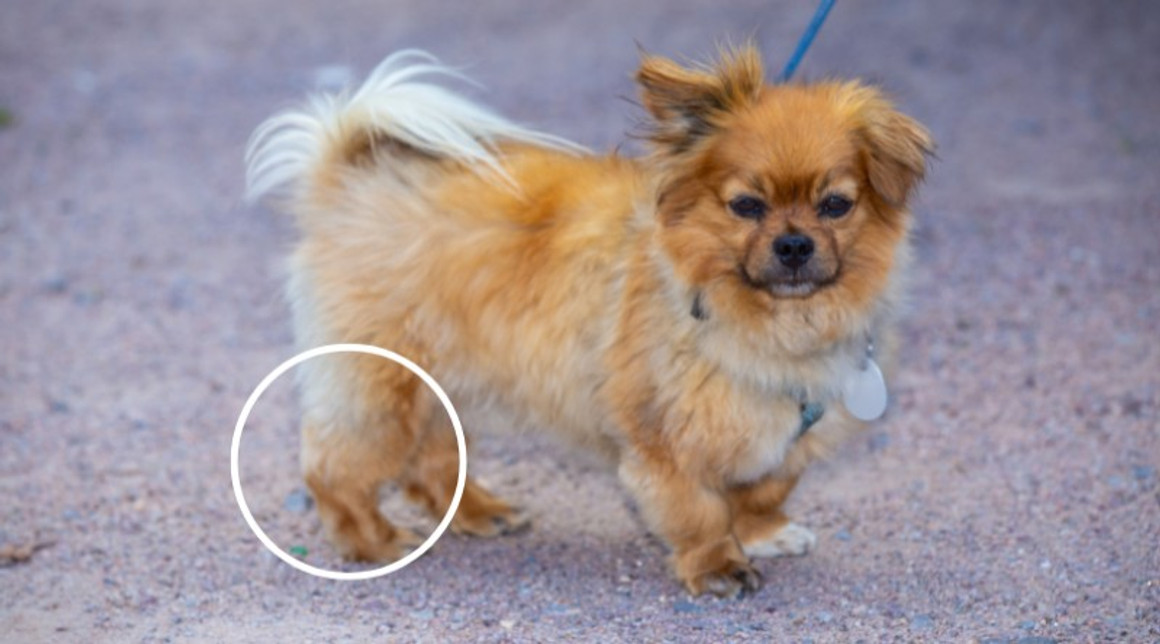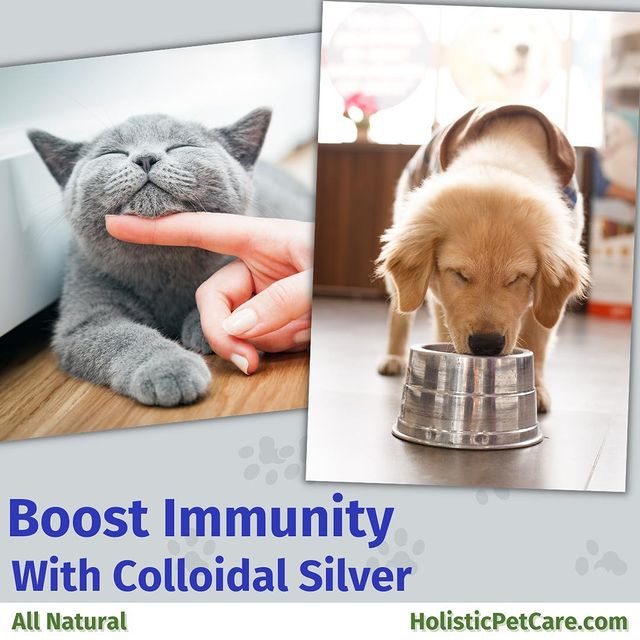Naturally Treating Luxating Patella
Aug 17, 2022
“Luxating” is a fancy word for dislocating. Patella is your dog’s “knee”, the joint on the front of her/his hind leg. So a luxating patella is a dislocating knee or as some have nicknamed it; trick knee, a knee that keeps slipping out of its socket. This can happen in certain toy breeds with weak ligaments, tendons, and/or muscles. It can also happen with other breeds in pups whose kneecap groove is too narrow or shallow. The knee usually slips inwardly, toward the body, and locks so that your dog can’t bend her/his leg.
Does My Dog Have a Luxating Patella?
You might suspect a luxating patella if your dog occasionally lifts one hind leg while running, or if she/he often moves both rear legs at the same time, like a hopping bunny. Sometimes the knee slips only for a few moments and then slides back into place. Sometimes the knee slips out and stays out, and your dog will hold her/his leg off the ground and limp, perhaps tucking the thigh into her/his body.
Luxation may occur in one knee, or in both. It is seen in many small breeds, and in both sexes. Even if the knees seem to be firm as puppies, it is not a bad idea to have have your dog’s patellas checked every two years by your veterinarian.
Is luxation serious?
There are four degrees (grades) of luxation:
Grade I. The knee only slips out when the vet manipulates it.
Grade II. The knee luxates occasionally when the dog is walking or running. He/she may not seem to mind much, or they may shriek, but it usually slides back by itself as they continues moving. Or you can slip it back manually (ask the vet to show you how).
Grade III. The knee luxates frequently and causes chronic lameness. Even when you put it back manually, it doesn’t seem to last long.
Grade IV. The knee luxates, stays that way, and you can’t put it back into its socket. This grade is very rare but happens.
How is luxation treated?
- The first special care should be to crate or keep the dog in a small area for a week or two and supervise all activity – no jumping or running.
- Most veterinarians will prescribe a Non-steroidal anti-inflammatory (like Rimadyl or another NSAID). However, please know that these will only hide the symptoms and may reduce some of the inflammation, but do absolutely nothing to strengthen or correct the condition itself.
- Some veterinarians will prescribe Steroidal anti-inflammatories. These have proven to be extremely damaging to the immune system, have awful side effects (short and long term), and in my opinion, should never be used.
- Surgery is seldom the answer and if needed, should only be done by an orthopedic surgeon if the dog is in chronic pain.
If you decide on surgery, please call the American College of Veterinary Surgeons at (301) 718-6504 and ask for a referral to an orthopedic specialist or college of veterinary medicine in your state.
If surgery is your choice, be aware that the dog may very likely have problems down the road with arthritis from the surgery.
In the opinion of most veterinarians, surgery is overkill for Grade I or II luxating patella. I personally would only go with surgery on a Grade IV luxation, or on a Grade III that did not respond to natural/holistic care and the dog was in constant pain. Surgery costs around a thousand dollars per patella, it is uncomfortable for your dog, and there is a 50% chance that some degree of luxation will return at some point in time.
What causes luxating patella in the first place?
Occasionally it’s caused by an injury, but in the absence of such proof, it is almost always weak tendons and/or a shallow kneecap groove.
Luxating patella(s) is considered hereditary however, just like hip dysplasia, it is most often a weakness brought on by improper diet and improper exercise as a puppy.
OFA Certification
The Orthopedic Foundation of America will issue registration numbers to dogs whose patellas have been examined by a veterinarian, forwarded to the OFA, and found to be normal. For More Information visit the Orthopedic Foundation of America
Natural ways to aid healing of Luxating Patellas:
Feed a species appropriate raw meat, bone and organ diet. At the very least, a home cooked diet of meat and naturally sourced supplements with NO grains or vegetables.
Keep your dog lean. (Fat dogs have to carry more weight on their weak leg joint).
Moderate – daily exercise, walking up slight inclines (gentle hills), will strengthen the muscle groups around the patella.
Vitamin C is one of the building blocks of strong ligaments and connective tissue.
Proteolytic Enzymes are a natural alternative to NSAIDS -proteolyic enzymes work with the body’s innate mechanisms to promote healing and allow inflammation to progress naturally. They support the production of various cytokines, activate large proteins, such as alpha-2-macroglobulins, and slow the clotting mechanism, which provokes a healthier healing response.
Glucosamine supplements, nutritional products sourced from natural sources (no synthetic ingredients) packed with minerals, amino acids, enzymes, and lubricating agents. They build cartilage and cushioning fluid in injured joints, and help heal damaged connective tissue.
Acupuncture, Homeopathy and especially the application of *therapeutic grade essential oils have also been very effective in correcting luxating patellas and strengthening the joints and tendons while easing the pain.
Therapeutic grade essential oils raise the body’s vibrational frequency to promote and maintain healing.
Keeping your dog in a HighVibe state of health is most important so that the body is balanced and able to heal most effectively
Original from Dr. Jeannie Thomason's archives








